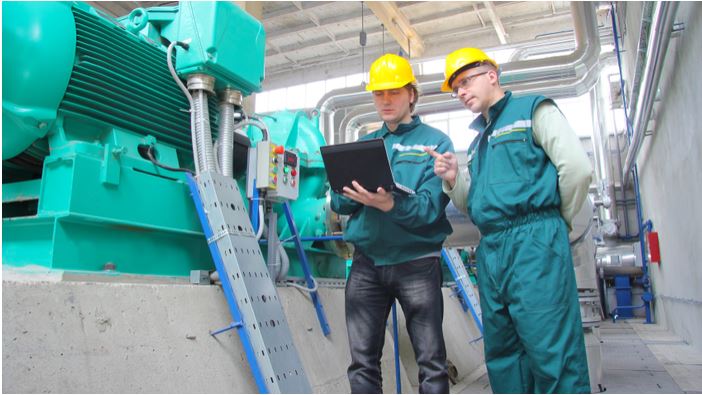When automation was in its infancy, many thought it would set out to replace workers. Robots are able to do repetitive jobs faster and at a lower cost, so there’s no arguing with the economics. “Today, the exact opposite is true. We have a manufacturing labor shortage with no end in sight,” and this is requiring organizations to speed up their investment in automation technologies that will enhance the performance of the staff they currently have.
What is causing the manufacturing labor shortage?
The reasons are twofold, finding those with the skills needed to perform the job but also the perception of the manufacturing industry. Many may feel that manufacturing is a has-been career choice when it is actually the complete opposite. “Manufacturing is a high-tech frontier in the application of automation, artificial intelligence, machine learning, digital collaboration, and augmented reality, to name a few examples. Modern manufacturing careers are increasingly high-tech, high-skill, and high-pay.”
What can be done?
The manufacturing industry needs a combination of technology and automation and the “irreplaceable human skills—like creativity, critical thinking, design, innovation, engineering, and finance.” Organizations that invest in modern systems and web-based applications can use these to attract and retain employees. The ability to offer remote work has gained much popularity recently and organizations are finding unique ways to offer this to a wide selection of employees from office managers and engineers to technicians and even equipment operators.
As manufacturing companies look to streamline operations and improve efficiency, Pragmatyxs is here to support ERP streamlining and labeling efficiencies that will help manufacturers attract highly skilled employees.
